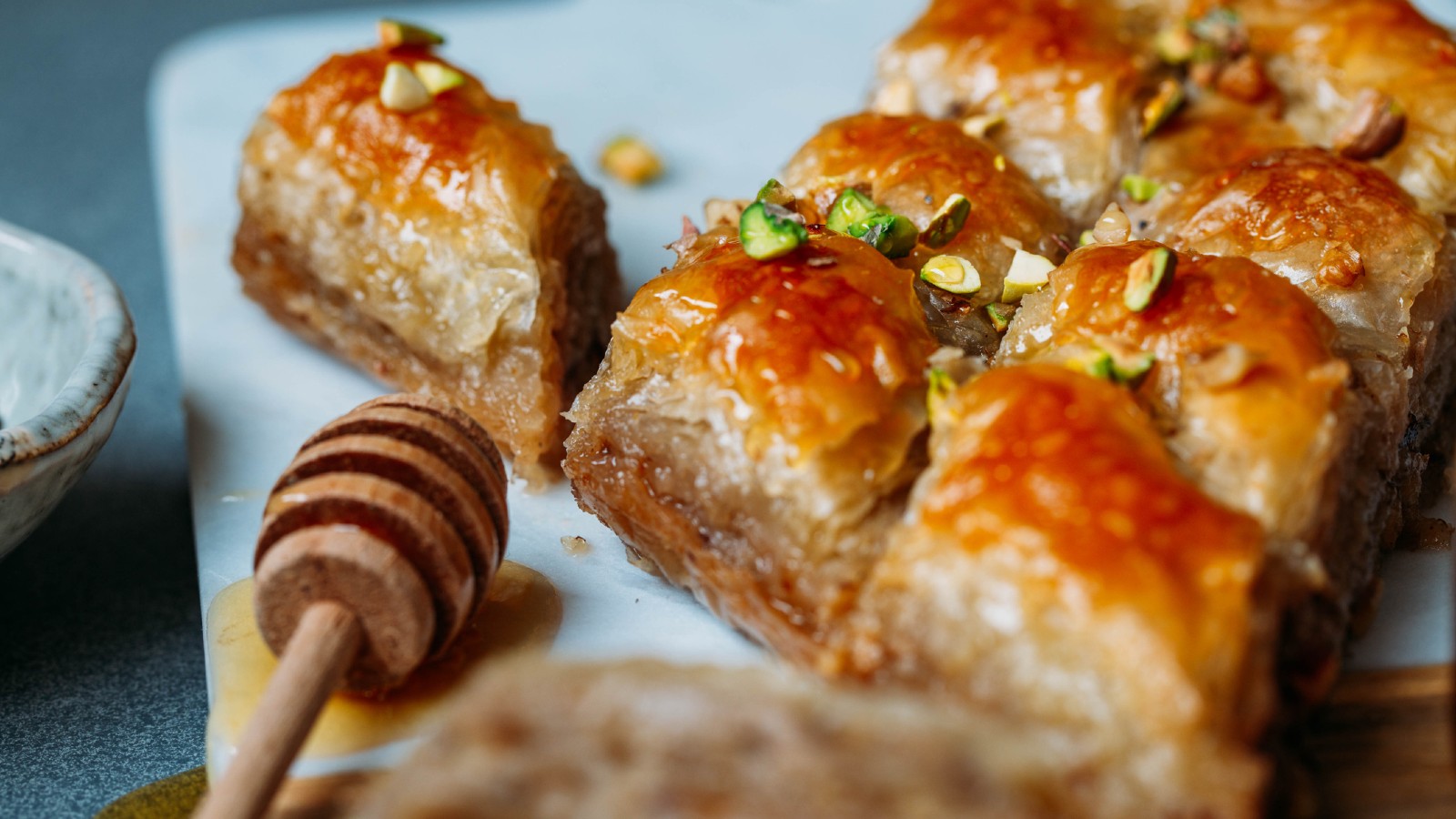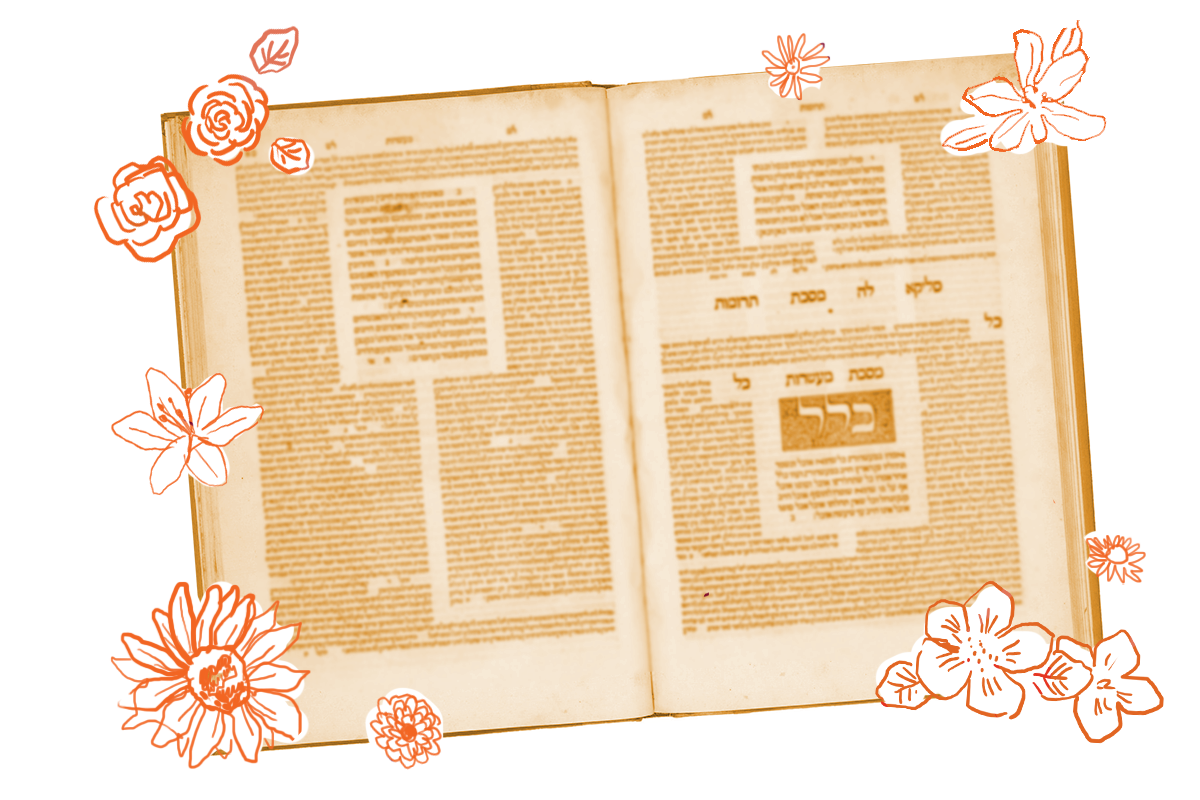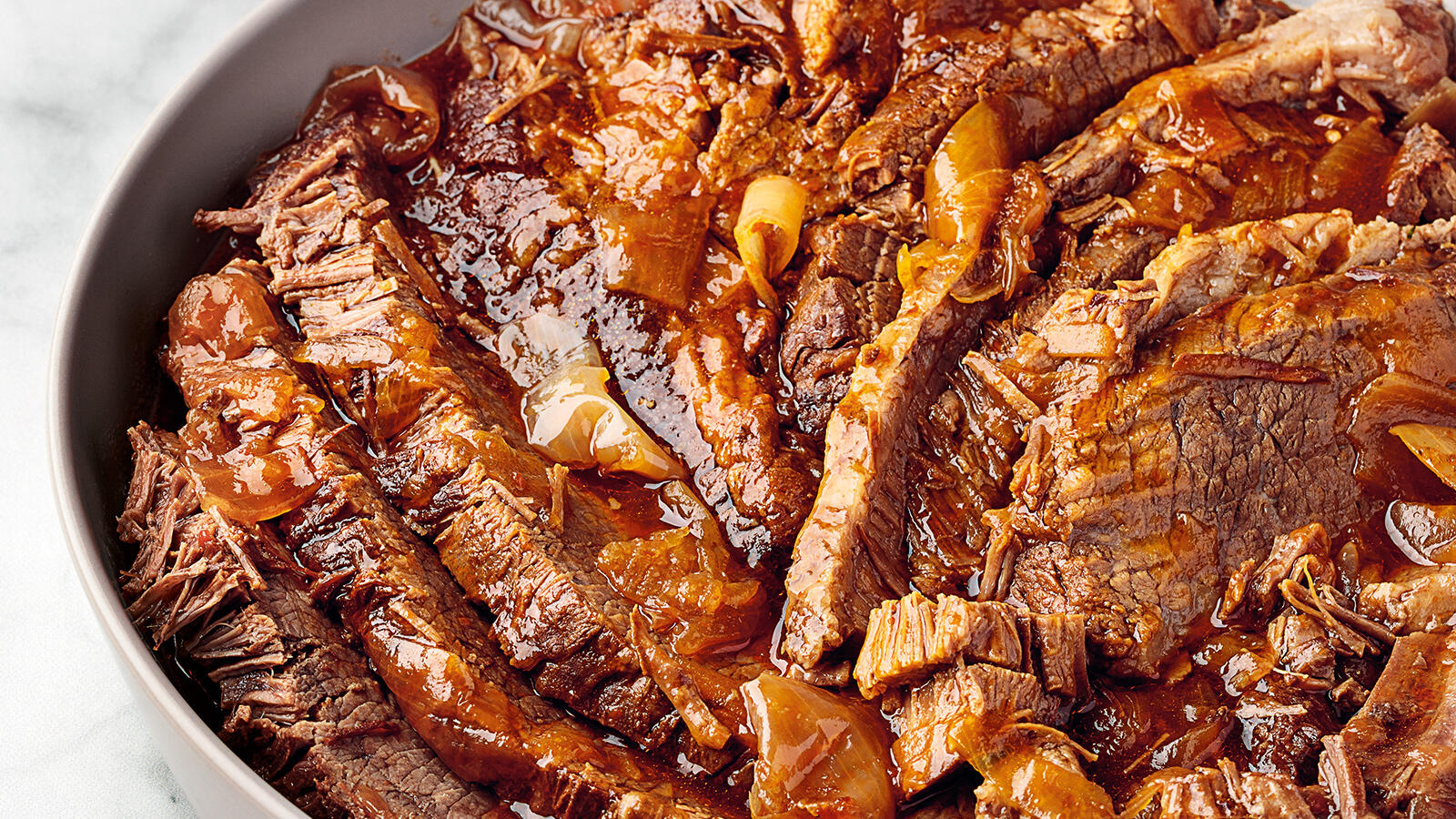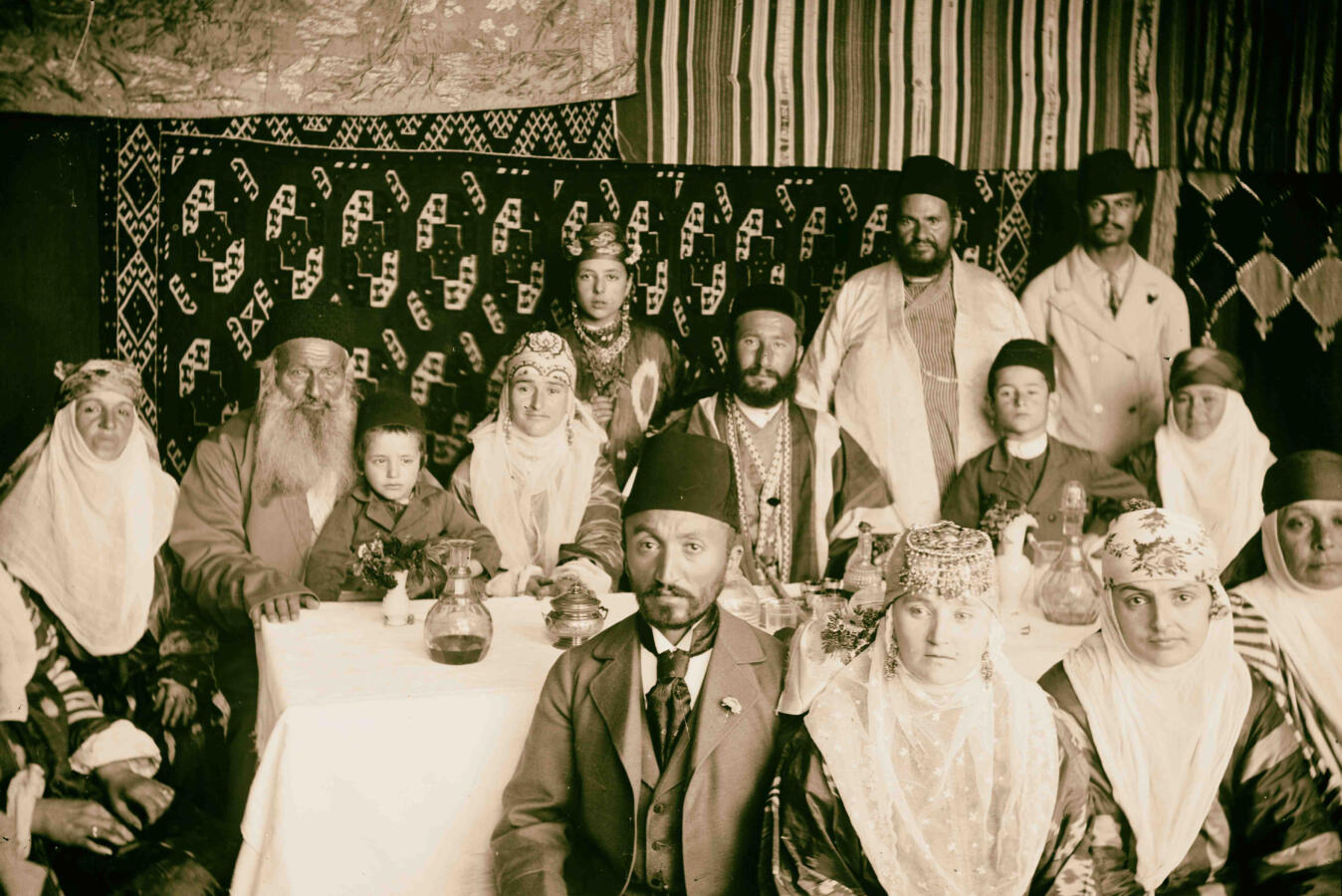7 Rosh Hashanah Desserts That Aren’t Honey Cake
We’ve probably all tried various versions of lekach AKA honey cake over the years. And while this iconic Rosh Hashanah treat has, for many, dictated dessert for generations, it’s often a disappointment: dry, crumbly and/or underwhelming. I’m not afraid to admit that I’ve met a couple of lekachs I’ve liked, but never one I’ve loved. This […]
Continue Reading









